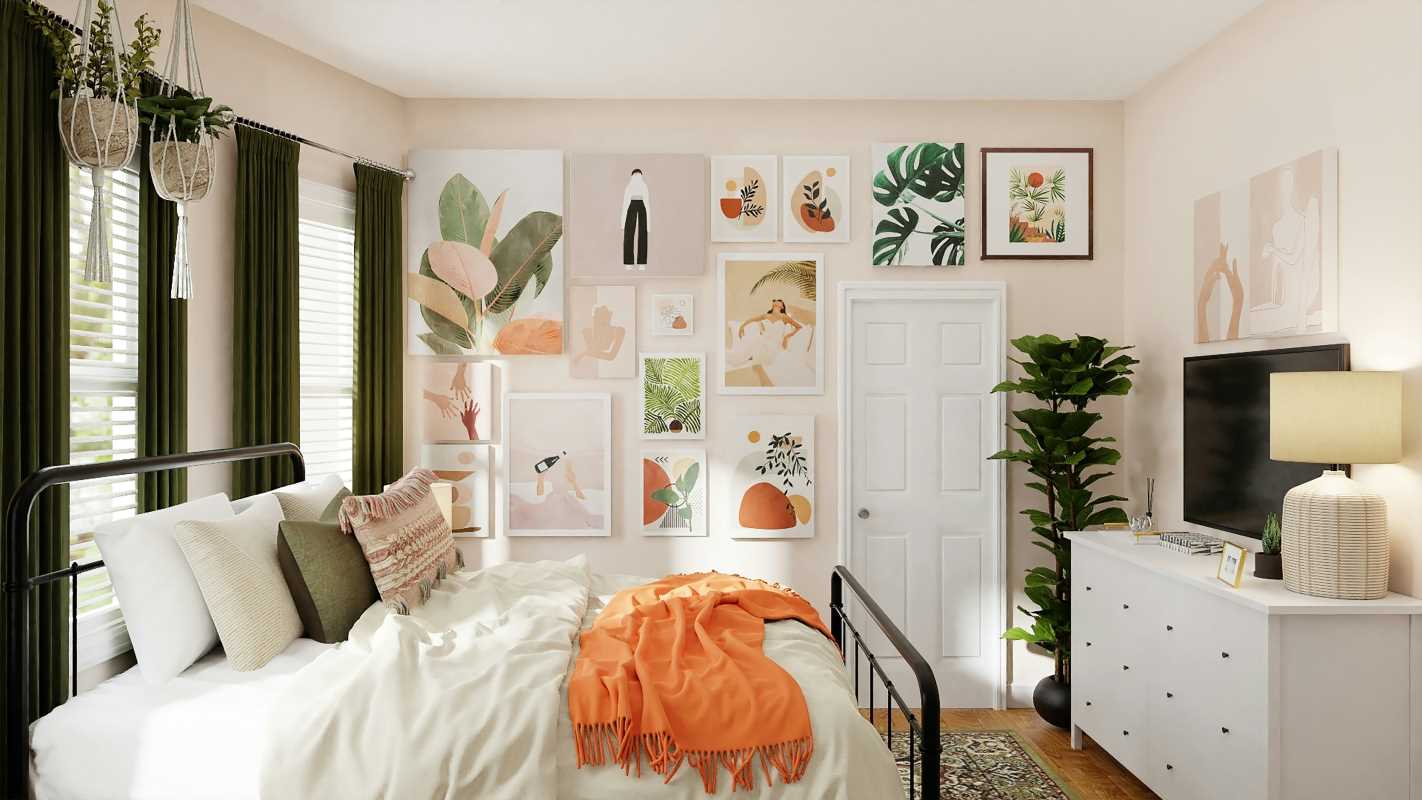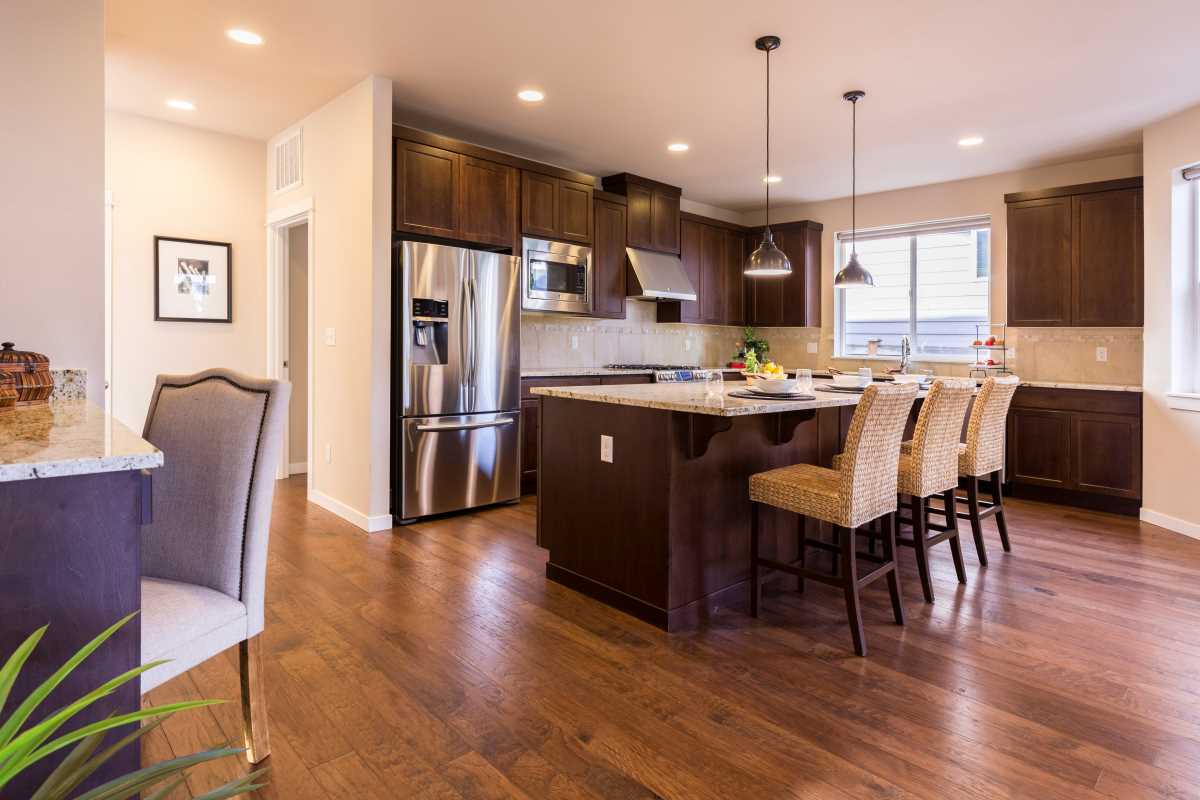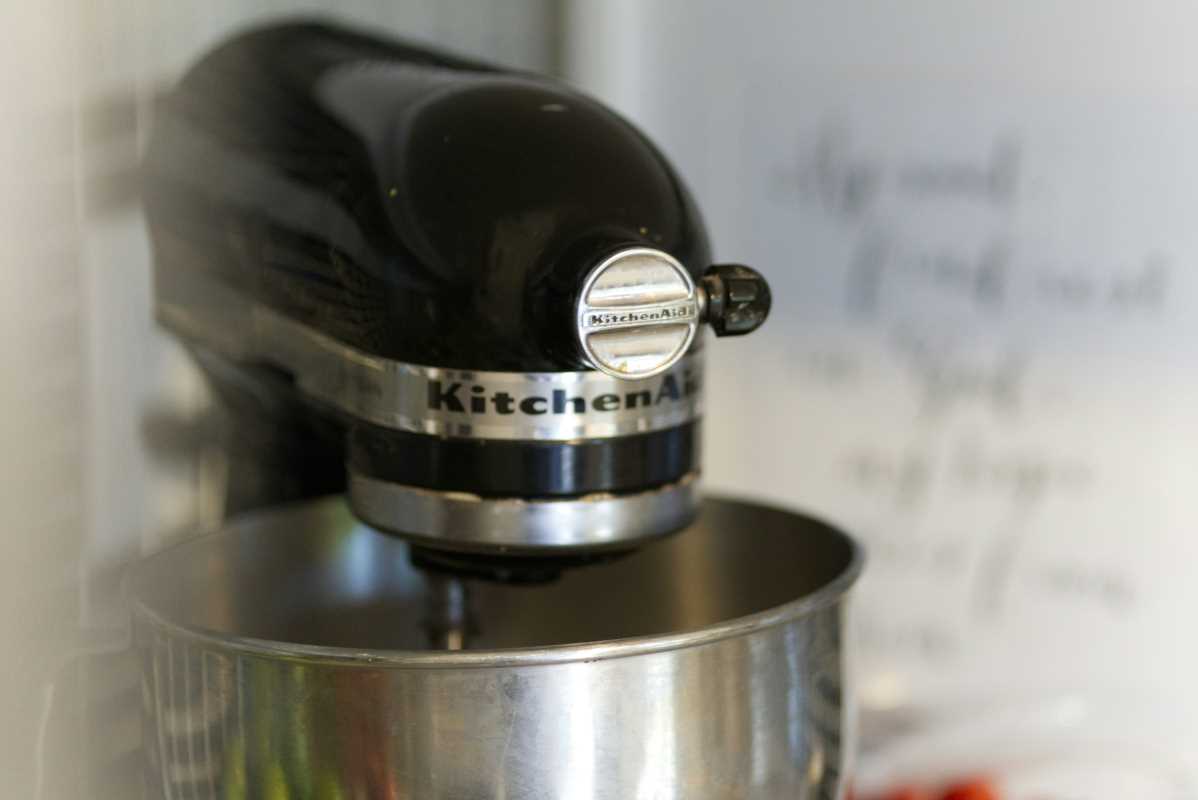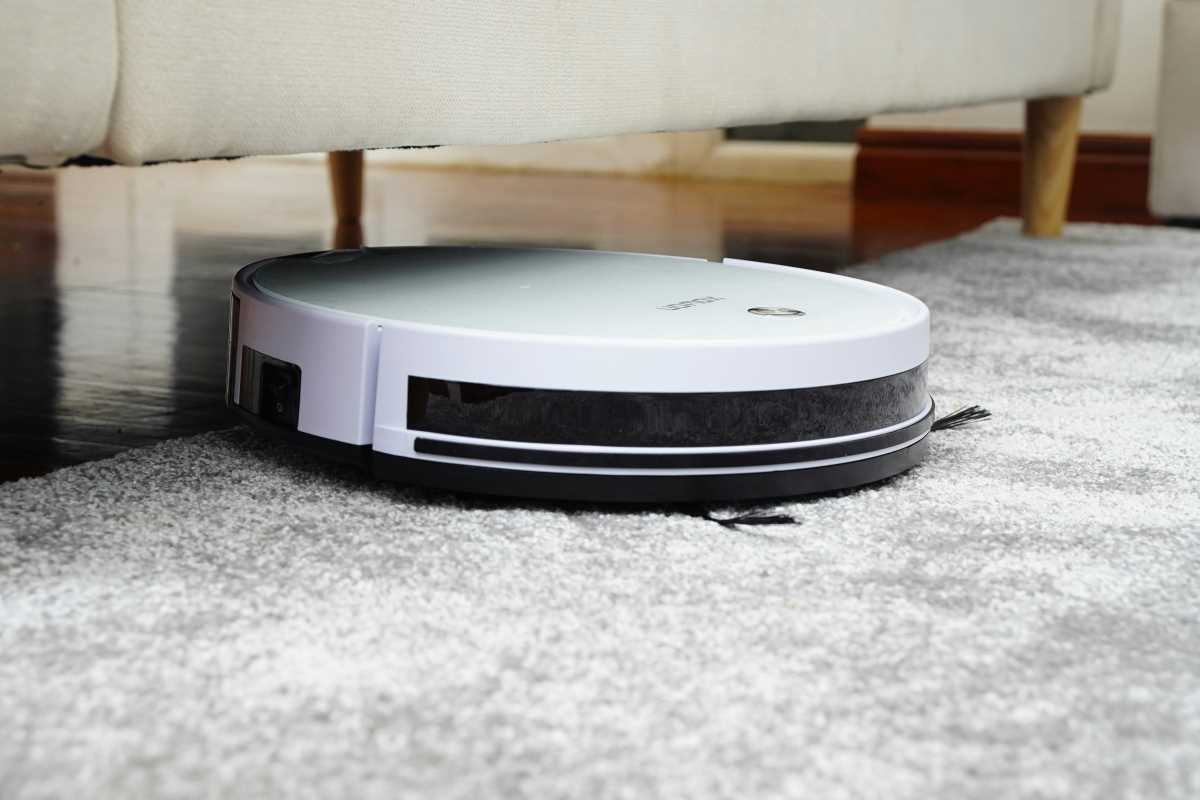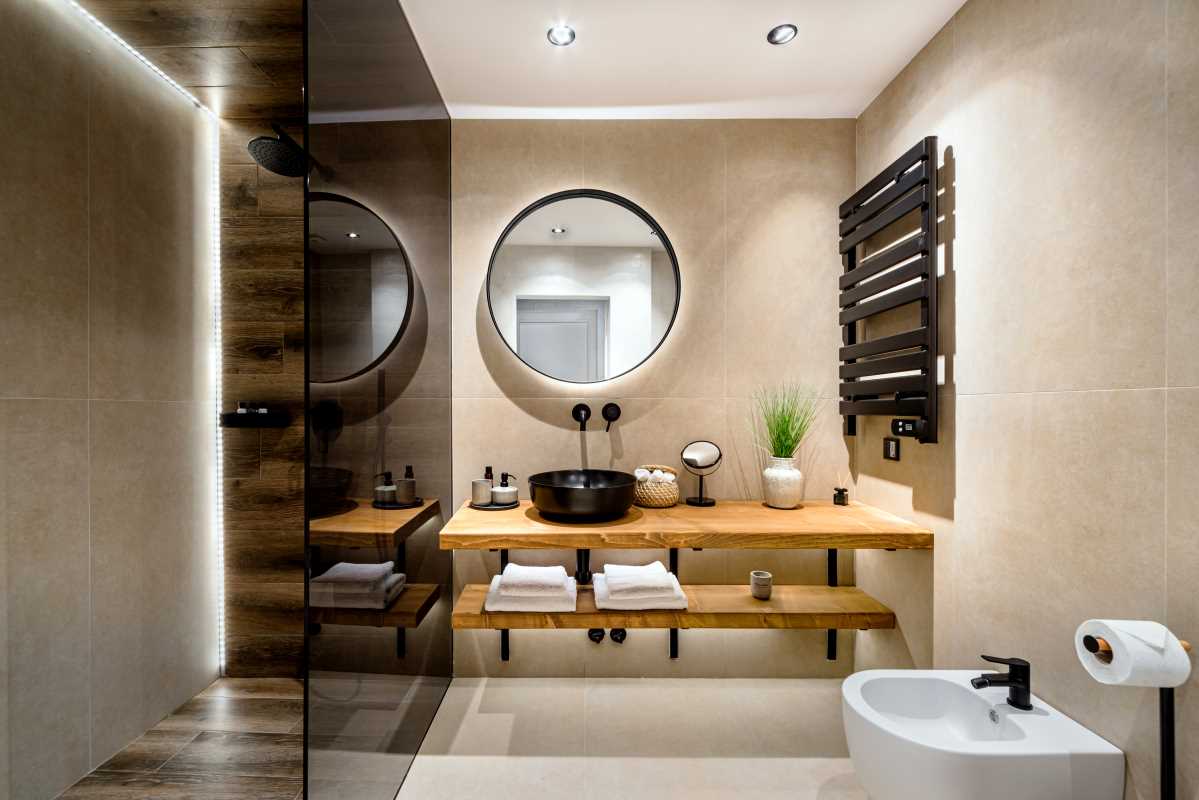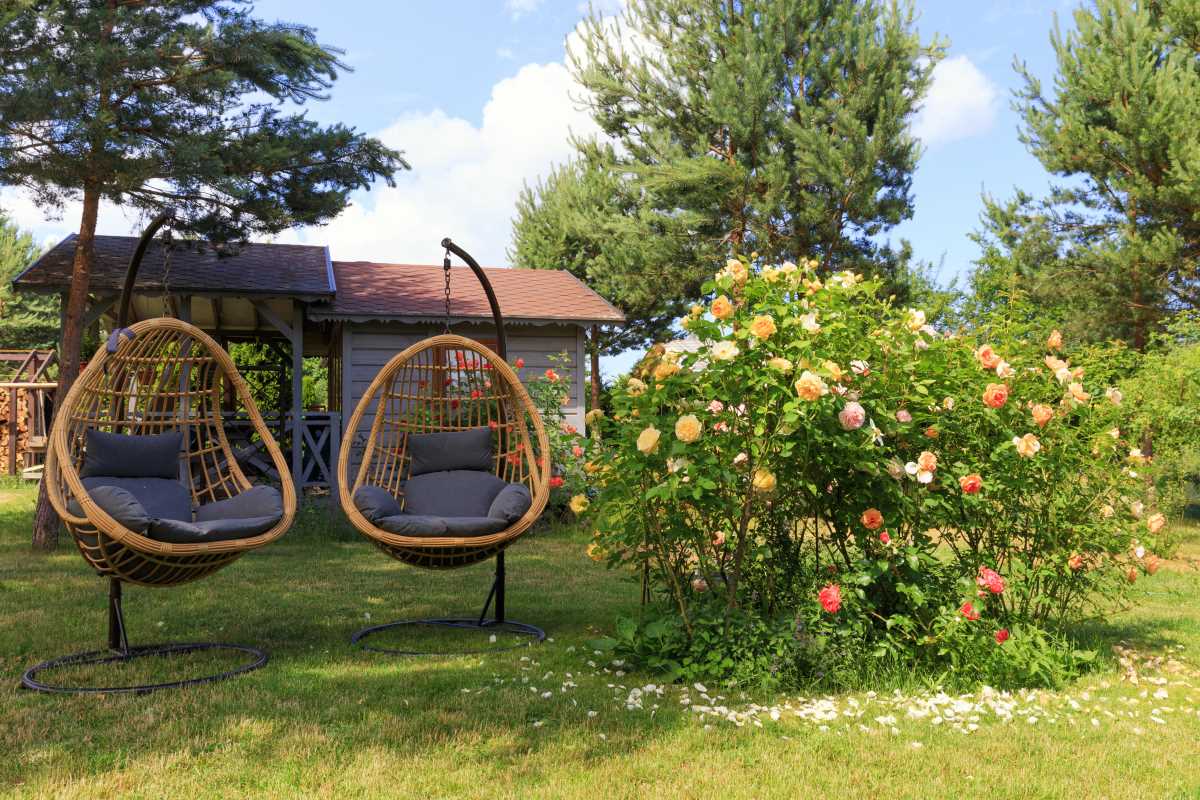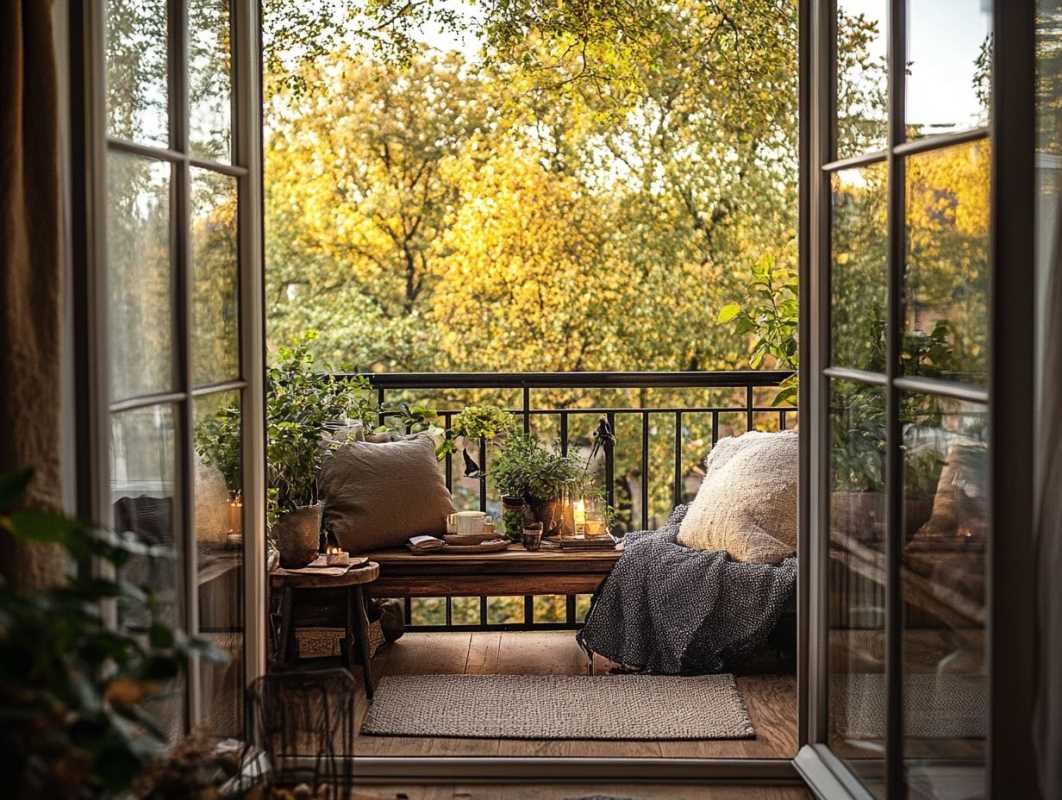If you're planning to refresh your living space, 2025 brings an array of home decor trends that mix innovation with timeless comfort. This year’s styles elevate interiors with a focus on functionality, aesthetics, and individuality. From earthy materials to tech-integrated designs, there’s something for every taste and lifestyle. Whether you’re looking for small updates or a complete design overhaul, these trends can transform your space into a sanctuary.
Here’s an in-depth look at the top home decor trends for 2025 and practical ways to incorporate them into your home.
1. Neutral Palettes with a Pop of Color
Neutral tones like taupe, sand, beige, and olive green continue to dominate as base colors for walls and large furniture pieces. These earthy hues create a calming backdrop that feels timeless. However, a notable twist in 2025 is the addition of bold accent colors.
How to Incorporate This Trend:
- Decor Accents: Add pops of sunflower yellow, cobalt blue, or burnt orange in the form of throw pillows, rugs, or artwork. These bright colors bring vibrancy without overwhelming the peaceful neutral base.
- Furniture: If you’re adventurous, consider a bold accent chair or an ottoman in a statement color.
- Balance: Use three-color schemes in your rooms to create harmony. For example, combine a neutral base, one dominant accent color, and a secondary soft tone.
This mix of subtle and bold colors helps create spaces that feel both soothing and lively.
2. Biophilic Design
Biophilic design has been growing for years, and 2025 takes it to new heights. The approach involves integrating natural elements into your home to create a tranquil, rejuvenating environment. Beyond aesthetics, biophilic designs can also improve mental well-being and air quality.
Practical Tips:
- Indoor Plants: Invest in a variety of houseplants, such as monstera, fiddle-leaf figs, or snake plants. For smaller spaces, try desktop planters or wall-mounted pots.
- Natural Materials: Opt for wood, bamboo, and stone finishes on floors, furniture, and decor pieces. These materials add warmth and texture.
- Natural Light: Remove heavy curtains and blinds in favor of sheer fabrics or open windows to maximize daylight.
Additionally, creating a "living wall" or incorporating an indoor herb garden can take the trend to the next level.
3. Curved Furniture
The rigid lines and angles of modern furniture are giving way to soft, flowing shapes in 2025. Curved furniture draws inspiration from nature’s organic contours and has a welcoming, cozy vibe.
Design Strategies:
- Key Pieces: Look for sofas with rounded backs, arched headboards, or circular coffee tables to soften the geometry of a room.
- Pairing Options: Offset curved furniture with angular decor, such as a rectangular rug or shelving, to avoid overdoing the look.
- Smaller Details: If you’re not ready to invest in large pieces, experiment with curved accessories like round mirrors, soft-edged lamps, or wavy vases.
Rounded furniture not only provides comfort but also introduces a sense of flow and movement to your interiors.
4. Sustainable and Recycled Materials
With sustainability taking center stage, eco-friendly design choices are becoming a mainstay in 2025. People are opting for products that are kind to the planet, making green living a stylish statement.
Actionable Insights:
- Recycled Materials: Choose furniture made from reclaimed wood or decor crafted from recycled glass. These materials often come with unique textures and histories.
- Eco-Friendly Fabrics: Invest in organic cotton, linen, or hemp textiles for your upholstery, bedding, or curtains.
- Local Artisans: Support small businesses that incorporate sustainability into handcrafted designs, like ceramic pottery or woven baskets.
- Upcycling: Repurpose older furniture for a chic, environmentally friendly update. Sand and repaint wooden chairs or frames to match your modern decor.
By prioritizing quality over quantity, you can design a home that is stylish today and sustainable for tomorrow.
5. Multifunctional Spaces
Remote work and digital connectivity have revolutionized how we use our homes. Flexible, multifunctional spaces are now essential for accommodating work, play, and relaxation under the same roof.
Ideas to Maximize Functionality:
- Convertible Furniture: Invest in fold-out desks, Murphy beds, or extendable dining tables.
- Room Dividers: Use storage units, curtains, or sliding screens to separate workspaces from living areas without building permanent walls.
- Hidden Storage: Look for furniture with built-in storage compartments to reduce visual clutter in multifunctional zones.
For small apartments, modular furniture with multiple uses ensures maximum utility in a limited area. For example, a bench with a storage compartment can double as seating and a place to hide odds and ends.
6. Textured Walls and Statement Ceilings
Walls and ceilings in 2025 are far from plain. Intriguing textures and bold designs are becoming focal points, transforming surfaces into dramatic elements of decor.
How to Experiment:
- Textured Walls: Apply limewash paints, plaster finishes, or textured wallpapers that mimic stone, wood, or fabric for a layered look.
- Statement Ceilings: Add wood paneling, geometric patterns, or bold paint to your ceiling to make it as visually dynamic as your walls.
- 3D Wall Panels: For a modern touch, try 3D panels with intricate designs in living rooms or hallways.
This trend proves that walls and ceilings can do so much more than fade into the background.
7. Smart Tech Integration
Smart technologies are becoming more seamlessly embedded into home design. Aesthetic and functional gadgets are transforming living spaces into efficient and innovative environments.
Smart Ideas to Upgrade Your Home:
- Lighting: Use voice or app-controlled lighting systems to adjust brightness and mood settings with ease.
- Hidden Tech: Opt for minimalist designs for smart devices, such as sleek smart speakers that blend into your decor.
- Smart Shades: Automate your window treatments with motorized blinds that adjust according to the time of day or your preferences.
These devices reduce energy consumption while adding unmatched convenience and cutting-edge style to modern interiors.
8. Maximalist Decor
While minimalism has favored restraint, maximalism encourages bold self-expression. This trend is about showcasing personality through layers of patterns, colors, and styles.
How to Pull It Off:
- Layering: Start with a mix of textiles, such as a patterned area rug, a textured throw blanket, and colorful cushions.
- Gallery Walls: Create a wall featuring an eclectic mix of paintings, prints, and photographs.
- Mix Eras and Styles: Pair mid-century modern furniture with vintage art deco pieces to create an intentional yet dynamic look.
Maximalism celebrates design freedom, making no two spaces look alike.
9. Vintage Revival
Nostalgia takes on a modern twist as vintage styles make a strong comeback. From the elegance of mid-century furniture to the quirky charm of the 90s, 2025 uses the past as inspiration for fresh new takes.
Vintage-Inspired Updates:
- Furniture: Shop for vintage coffee tables, accent chairs, or sideboards to add interest to your space. Reupholstered antique chairs can also be easy DIY projects.
- Lighting: Look for retro-inspired lighting, such as sconces or floor lamps with fluted glass or brass finishes.
- Wallpaper: Bold floral or geometric wallpapers redefine vintage-inspired interiors for modern sensibilities.
Combining retro charm with contemporary updates is a surefire way to make your home stand out.
10. Wellness-First Design
With wellness remaining a top priority, home design in 2025 places greater emphasis on relaxation, mindfulness, and mental health. Your home is no longer just a living space but also a personal sanctuary.
Steps to Design for Wellness:
- Spa Bathrooms: Introduce calming elements like rain showers, freestanding bathtubs, or eucalyptus-scented accessories.
- Meditation Areas: Dedicate a quiet, clutter-free corner with floor cushions and soft lighting for mindfulness practices.
- Aromatherapy: Add essential oil diffusers or candles that emit soothing scents like lavender or chamomile.
A home designed for wellness encourages a holistic approach to life, enhancing both physical and mental well-being.
Whether you’re planning a dramatic overhaul or small, meaningful upgrades, these trends provide countless ways to personalize your home. Experiment boldly, prioritize sustainability, and don’t be afraid to inject your unique personality into your living space. Your home is more than a place to live; it’s where style, comfort, and creativity come together. By following these trends, you can create a space that reflects who you are while staying ahead of design innovations for years to come.
